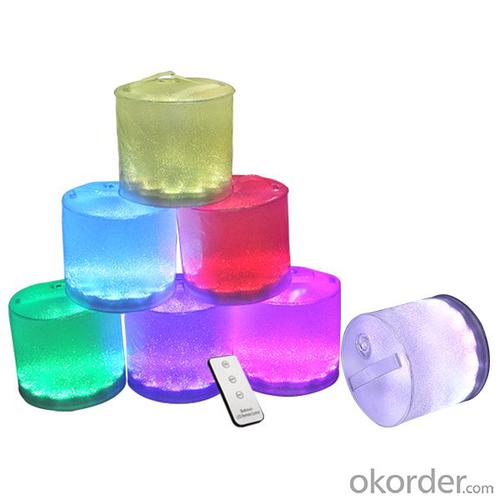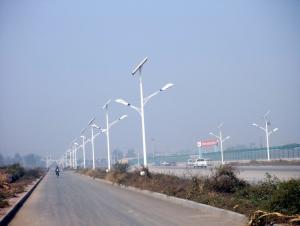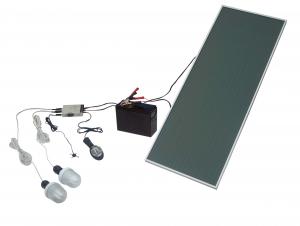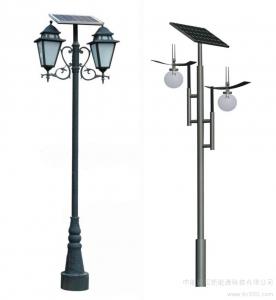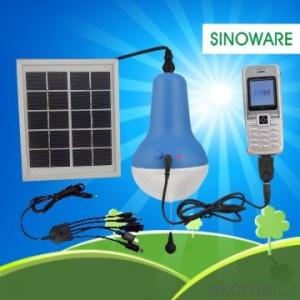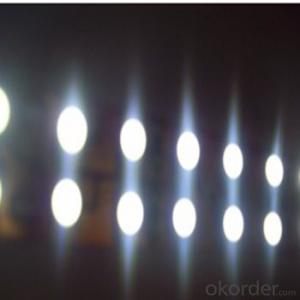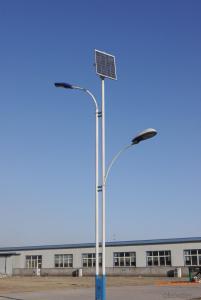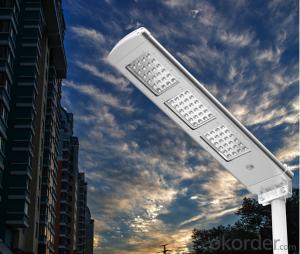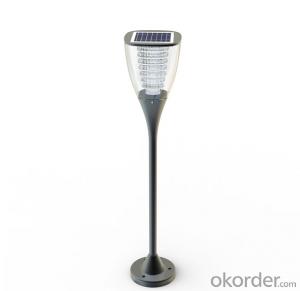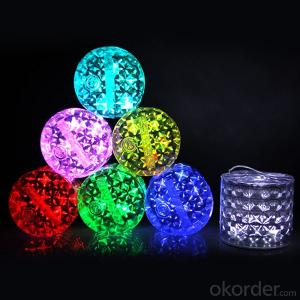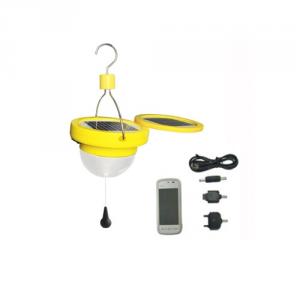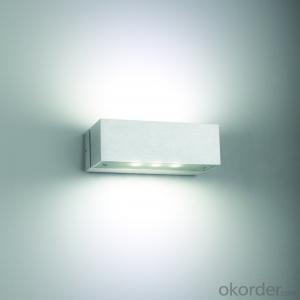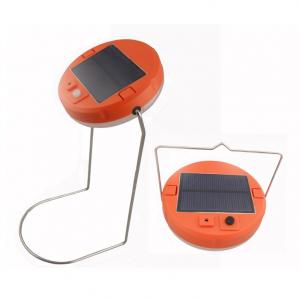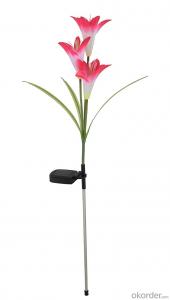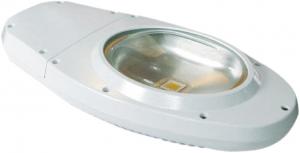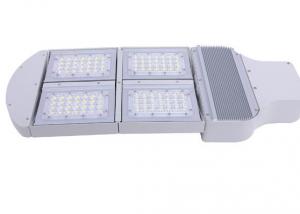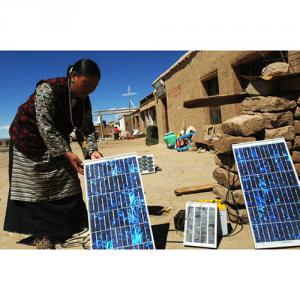Solar Light LED Color-Changing Inflatable Waterproof Lantern
- Loading Port:
- Shekou
- Payment Terms:
- TT OR LC
- Min Order Qty:
- 100 pc
- Supply Capability:
- 10000 pc/month
OKorder Service Pledge
OKorder Financial Service
You Might Also Like

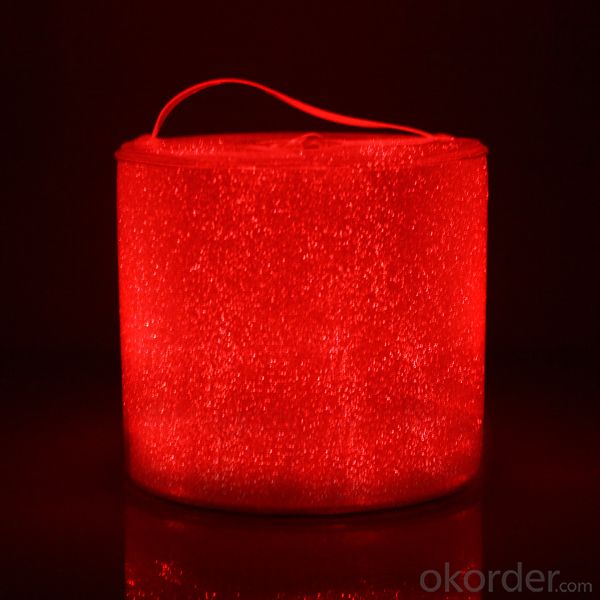
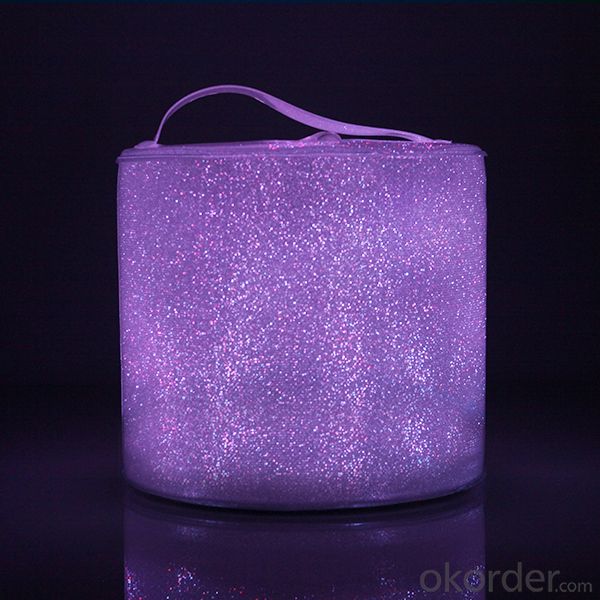
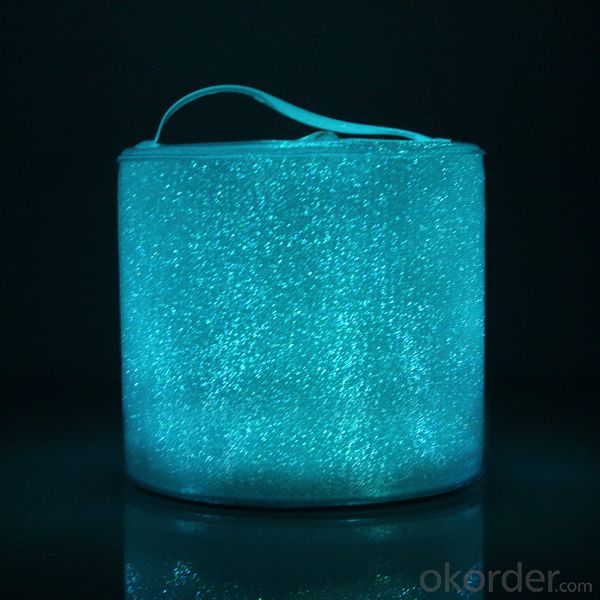
Remote Control Color-Changing Inflatable Solar Lantern
With multiple color light settings, Seksun RC can cycle through multiple hues or settle on a single color to add just the right mood, and is designed to be a fun camping accessory, or the perfect way to decorate a dorm room, from your next dinner party or dorm room rave to outdoor sports and special events.
7 Colors changing: Red,Blue, Green, Purple,Yellow, Light Blue,White
Features
Color-changing LED lights
7 Colors Changing & 2 Flashing Modes
Energy-saving colors to fit different atmospheres
Built-in rechargeable battery
12 hours of illumination after eight hours under a light source.
Switch control & Remote control
EASY TO USE
Lighting by switch control or remote control
7 Colors changing: Red,Blue, Green, Purple,Yellow,Light Blue,White
Two flashing modes (slow & fast)
Just simple press the bottom button to change for different colors
Notice
1. When charging, please be sure to deflate and fold the solar lantern first,
then put it in sunlight for roughly 8 hours to get a full charge
2. Please remember to squeeze the inflating nozzle for easily inflating and deflating
Specifications | |
Item | Remote Control Inflatable Solar Lantern |
Material | Waterproof PVC |
Weight | 4 |
Diameter | 5” |
Height collapsed | 1” |
Height inflated | 4” |
Open panel dimension | 3.35”x3.35” |
Solar Panel | 5V / 120mah |
Rated watts | 0.6W |
Built-in lithium battery | 3.7V / 1000mAh |
Full charge time | 8 hours |
Light lasting of full charge | 6~12 hours |
Optimal storage temperature | -20°C ~ 28°C |
Not to exceed 60 °C | |
Full functional Temperature | -20°C ~ 50 °C |
- Q: Can solar lights be used for billboard lighting?
- Yes, solar lights can be used for billboard lighting. They are a sustainable and cost-effective solution that harnesses solar energy to power the lights, eliminating the need for traditional electrical connections. Solar lights can be easily installed and provide reliable illumination for billboards, making them an ideal choice for outdoor advertising.
- Q: Can solar lights be used in cloudy weather?
- Yes, solar lights can still be used in cloudy weather, but their performance may be compromised. Cloud cover reduces the amount of sunlight reaching the solar panels, resulting in less energy for the lights to operate. As a result, the lights may not shine as brightly or last as long as they would on a sunny day. However, advancements in solar technology have made some lights more efficient in converting limited sunlight into energy, allowing them to still function to some extent even in cloudy conditions.
- Q: Are solar lights affected by power outages?
- No, solar lights are not affected by power outages as they do not rely on the electrical grid for power. They operate independently using energy stored in their batteries, which is replenished by sunlight during the day.
- Q: Can solar lights be used in gardens and flower beds?
- Yes, solar lights can be used in gardens and flower beds. They are a popular choice for outdoor lighting as they are easy to install, cost-effective, and environmentally friendly. Solar lights use sunlight to generate power, which is stored in their batteries and used to illuminate the garden or flower bed at night. They come in various designs and can be placed strategically to enhance the beauty of the garden or highlight specific features.
- Q: Can solar lights be used for indoor gardening?
- Yes, solar lights can be used for indoor gardening. They are an energy-efficient and sustainable option for providing supplemental light to indoor plants. However, since solar lights require exposure to sunlight to recharge, it may be challenging to maintain consistent light levels for plants in areas with limited natural light. Additionally, the intensity of light provided by solar lights may not be sufficient for certain plant species that require higher levels of illumination. Therefore, it is important to consider the specific light requirements of your indoor plants before using solar lights as the sole source of lighting.
- Q: Can solar lights be used for outdoor stair lighting?
- Yes, solar lights can be used for outdoor stair lighting. They are a popular and energy-efficient option for illuminating outdoor stairs, offering convenience and safety by providing sufficient lighting during the dark hours without the need for electricity.
- Q: Are solar lights suitable for remote oil or gas exploration sites?
- Yes, solar lights are suitable for remote oil or gas exploration sites. These sites are often located in remote and inaccessible areas where there is no access to grid electricity. Solar lights provide a reliable and sustainable alternative to traditional lighting systems that require grid electricity or generators. Solar lights are powered by the sun, which means they can operate independently of any external power source. They have photovoltaic panels that convert sunlight into electricity, which is stored in batteries for use during the night or when there is no sunlight available. This makes them ideal for remote locations where there is an abundant amount of sunlight. Moreover, solar lights are easy to install and require minimal maintenance. They do not need any wiring or trenching work, which can be costly and time-consuming in remote areas. Once installed, solar lights can operate for many years with minimal upkeep, reducing the need for regular maintenance visits to these remote sites. Additionally, solar lights are environmentally friendly. They do not produce any emissions or pollutants, thus minimizing the impact on the surrounding environment. This is especially important for oil or gas exploration sites, as they are often located in ecologically sensitive areas. In conclusion, solar lights are highly suitable for remote oil or gas exploration sites due to their reliability, sustainability, ease of installation, low maintenance, and environmental friendliness. They provide a cost-effective and efficient lighting solution that can operate independently of the grid or generators, making them an ideal choice for these remote locations.
- Q: Can solar lights be used for outdoor yoga or fitness sessions?
- Yes, solar lights can be used for outdoor yoga or fitness sessions. They provide a sustainable and energy-efficient source of light, allowing participants to have adequate visibility during evening or early morning sessions. Additionally, solar lights are easy to install and require no wiring, making them convenient for outdoor use.
- Q: Are solar lights resistant to hail and other weather elements?
- Yes, solar lights are designed to be resistant to hail and other weather elements. They are typically made with durable materials that can withstand harsh weather conditions, ensuring their longevity and functionality.
- Q: Can solar lights be used for outdoor security cameras?
- Yes, solar lights can be used for outdoor security cameras. Solar lights provide a reliable and sustainable source of power, allowing outdoor security cameras to function effectively without the need for traditional electrical connections. This makes them a convenient and cost-effective option for enhancing security in outdoor areas.
Send your message to us
Solar Light LED Color-Changing Inflatable Waterproof Lantern
- Loading Port:
- Shekou
- Payment Terms:
- TT OR LC
- Min Order Qty:
- 100 pc
- Supply Capability:
- 10000 pc/month
OKorder Service Pledge
OKorder Financial Service
Similar products
Hot products
Hot Searches
Related keywords



